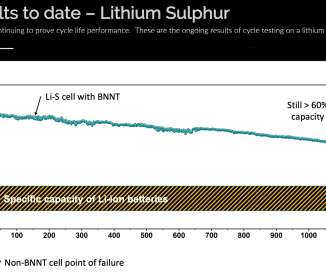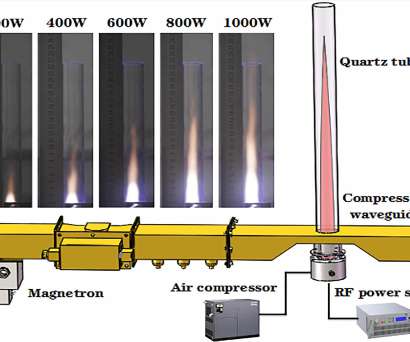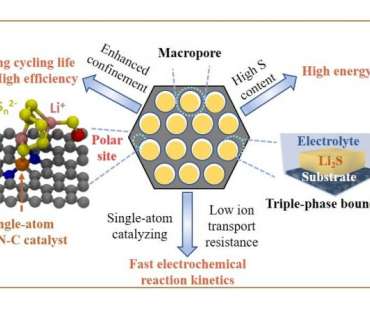New halogen conversion-intercalation chemistry enables high-energy density aqueous Li-ion battery
Green Car Congress
MAY 10, 2019
A team of researchers led by a group from the University of Maryland has. volts versus Li/Li +. Combining this cathode with a passivated graphite anode, the team created a 4V-class aqueous Li-ion full cell with an energy density of 460 Wh kg -1 of total composite electrode and about 100% Coulombic efficiency.



































Let's personalize your content